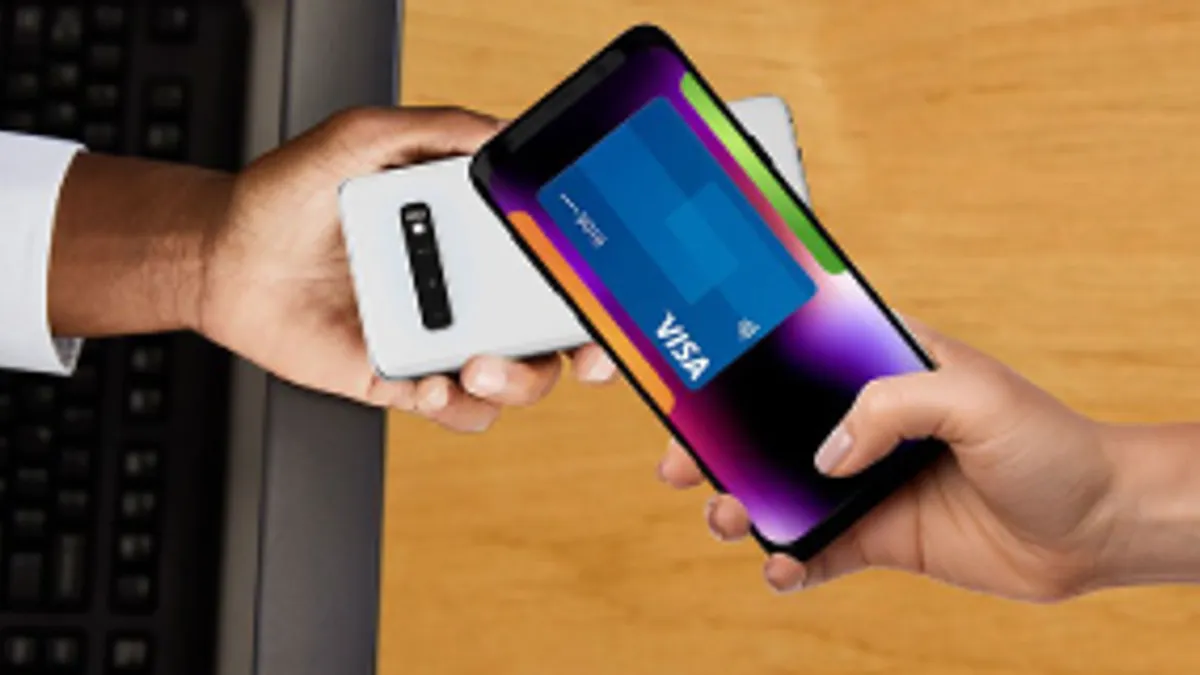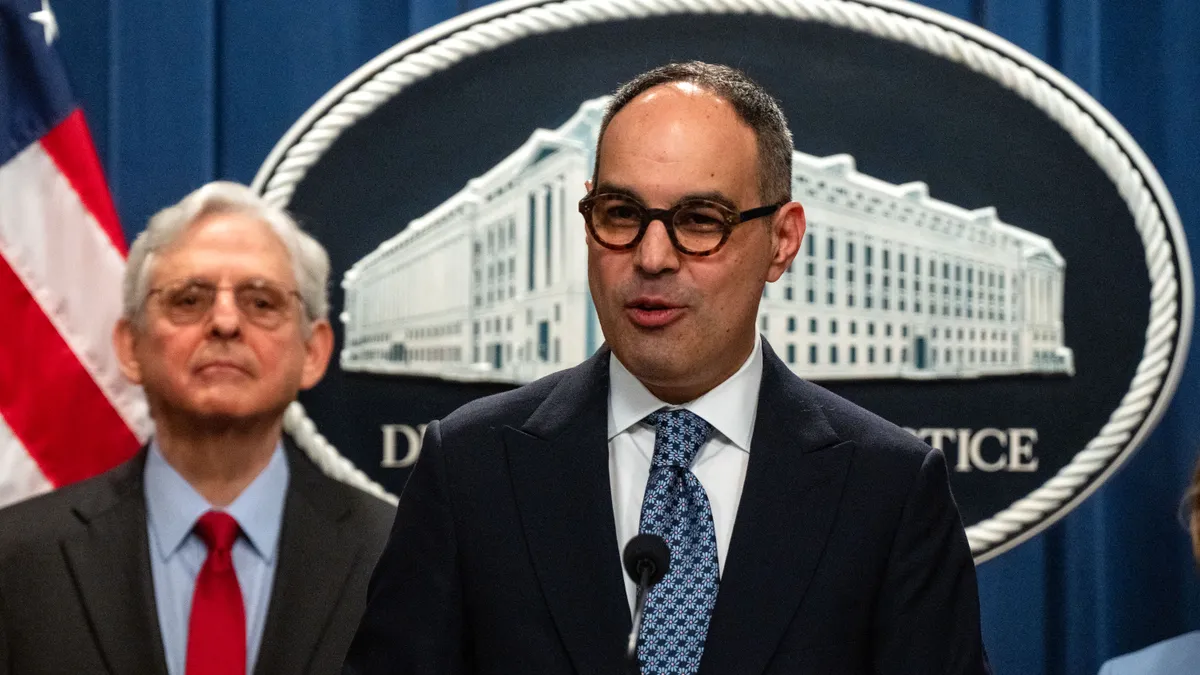As the pandemic has popularized contactless payments, companies have begun looking to streamline the process and provide merchants with better technology, like turning a smartphone into a payments processing unit.
Mobile point-of-sale (mPOS) is the use of a mobile phone as a POS terminal for payment processing, as opposed to a traditional fixed terminal. Smartphones enabled with a near-field communication (NFC) chip can process transactions digitally with the tap of a card or phone.
“mPOS enables businesses to accept card payments where they previously could not" and helps retailers such as cab drivers, who operate a mobile business, according to Juniper Research.
Shipments of mPOS terminals globally is expected to grow to 32 million units by 2026 from 20 million this year, a 56% uptick.
Merchants and consumers alike adopted contactless payments to stave off chances of contracting COVID-19, Nick Starai, NMI’s chief strategy officer, said in an interview.
Many businesses wanted to “meet customers at the curbside,” and have a handheld payment terminal that has a tap-to-pay payment feature which “drove the adoption of contactless and mobile POS,” Starai said.
NMI, a payments infrastructure company that provides omnichannel payments, is working on a pilot program with Mastercard to develop a mobile POS acceptance device. The smartphone device will be connected to Microsoft Azure cloud platform, which will help store transaction data on a digital cloud rather than in the hardware or the phone.
mPOS's low cost, low hardware integration and mobility will attract many small- and medium-size businesses (SMBs), Sumit Varshney, vice president of sales and marketing at OLS Payments, said in an interview.
NMI is working on turning Android phones into POS devices “as the tech stack of Apple isn’t as open to developers,” Starai said.
Apple bought Mobeewave, a Canadian contactless payments company in July 2020 for $100 million to enhance its devices' contactless and digital payment capabilities. Mobeewave’s technology “could transform iPhones into mobile payment terminals”, Bloomberg reported.
More than 100 million Americans are expected to use proximity mobile payments, compared to 72 million in 2019, according to a May report by eMarketer. The report forecasts that “more than one in two US smartphone users will be proximity mobile payment users.”
Square is also looking to develop an iPad into a POS terminal that will let shoppers more easily tap to pay for purchases, Bloomberg reported. The fee associated with Square’s current POS for card transactions is 2.6% + $0.10. Square's POS range from $9 for a magstripe reader to $799 to a fixed tablet POS. It's unclear how much the company plans on charging for its new iPad POS.
mPOSs will help SMBs that are looking to reduce digital payments costs as it requires very low hardware integration, but there is little scope of this leading to “reduced interchange fees,” Varshney said.
Last month, Visa launched its tap-to-phone payments pilot in the U.S. with 50 merchants in the Washington, D.C., area. The company plans to expand the pilot to other major U.S. cities to help SMB accept digital payments.
There is no fee for the SMBs in the pilot to use Tap to Phone specifically as the transactions are "processed as Visa transactions, the same way transactions are processed on traditional terminals,” a Visa spokesperson said in an email.
About 65% of U.S. consumers would prefer to use contactless payments post-vaccine, while 47% won’t shop at a store that doesn’t offer a contactless way to pay, Visa said in a January report.











